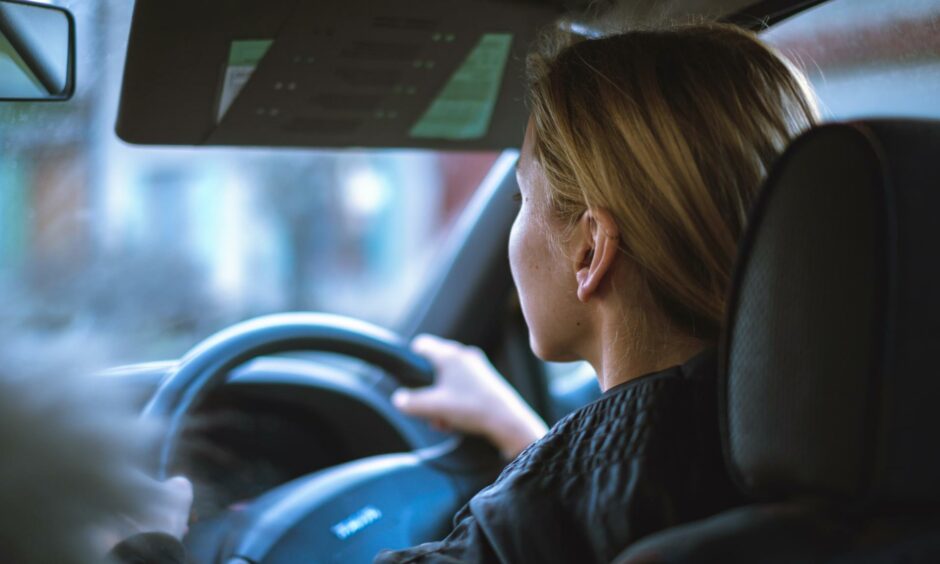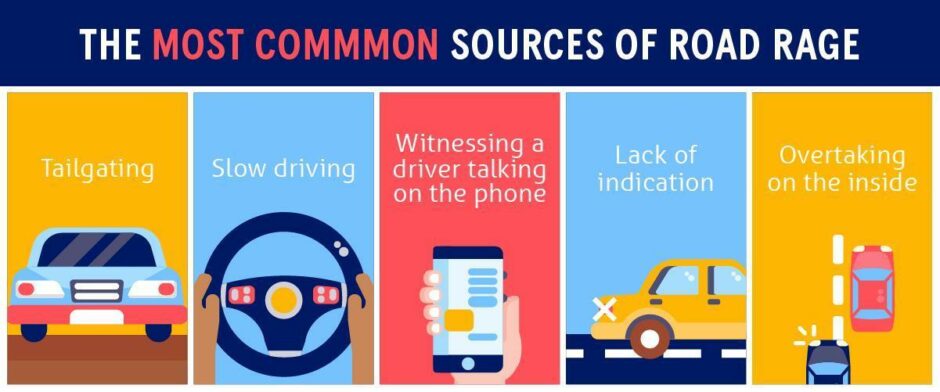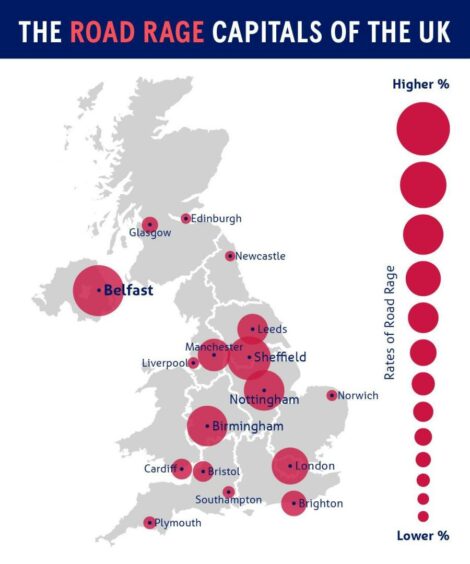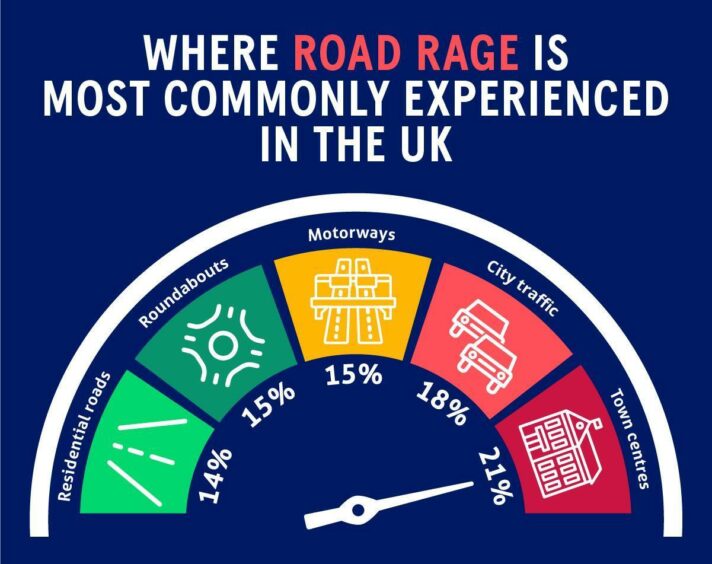A recent study by comparethemarket.com has revealed almost two in three (62%) UK drivers experience road rage, with one in three people reporting more than two incidents a week.
The most common cause of UK drivers’ road age is being tailgated (35%), followed by slow driving (29%), witnessing other drivers talking on their phone (29%) and lack of indication (29%).
The research unveils the nation’s road rage hotspots, too, with Belfast is named the city with the most road rage, followed by Sheffield (68%), Birmingham and Nottingham (66%), while Newcastle and Edinburgh have the lowest rates of road rage with only around half of all drivers experiencing road rage.

Town centres generate the most frustration among drivers with 21% of road users agreeing this is where they experience it the most frequently. Congested city traffic (18%) and motorways (15%) follow closely behind.
When asked how they are most likely to react when experiencing road rage, beeping their horn (44%) and shouting from inside their cars (40%) were the most common responses from drivers.
However, some drivers were found to be more aggressive than others, with almost one in ten saying they would leave their vehicle to confront another road user and worryingly 6% admitting they would damage another driver’s vehicle.

The survey, by comparethemarket.com, shows that three in four drivers believe road rage should be recognised as an offence in UK law, with almost one in three drivers (30%) having been involved with a face-to-face confrontation with another driver.
Currently, the act of road rage itself is not a recognised offence in UK law, yet 75% of drivers would like to see it introduced as a legal offence.
National differences in opinion showed that drivers in Wales agreed the most that road rage should become an offence (82%), followed by Scotland (79%) and England (74%), whereas only 59% of drivers in Northern Ireland were in agreement.
When we are experiencing road rage in the car, it’s much easier to forget that the other cars hold real people…”
Neuro-linguistic expert Rebecca Lockwood said: “Our road rage tendencies are partly down to our experiences while watching others drive, which can have a great impact on how we perceive what is normal while driving.
“For those who have grown up watching a parent express road rage, it can be common for us to inhabit these behaviours as we grow older.
“Road rage is often intensified by external factors we experience in our day-to-day lives. While experiencing stress in other areas of your life it’s common for them to burst out in other situations.
“When we are experiencing road rage in the car, it’s much easier to forget that the other cars hold real people,” she adds. “It dissociates someone from the situation and creates a barrier between the person and the car.”

Comparethemarket.com has offered a few tips to help drivers keep calm when behind the wheel:
Maintain concentration
Glaring lights, radios, and passengers can all be extremely distracting. Giving the road your complete attention will avoid sudden surprises enabling you to be more vigilant of other drivers, increasing your reaction time.
Make sure you’re well-rested
After a stressful day at work or many miles into a long-distance drive, tiredness can often take over. When a driver is tired, they are much more susceptible to irritability and distraction, if you’re feeling this way it’s important to take a break from driving.
Take a moment before you react
Often, we can find ourselves in situations where we are unaware of how tense we are and taking a moment to step back from the situation will give you time to reflect on whether a certain response is warranted.
Be forgiving and learn to let go
No driver is perfect, and it can become easy to judge someone’s driving ability based on a brief interaction, but being forgiving towards other road users and letting go of frustrations is important.
To see the full research, go to: comparethemarket.com

